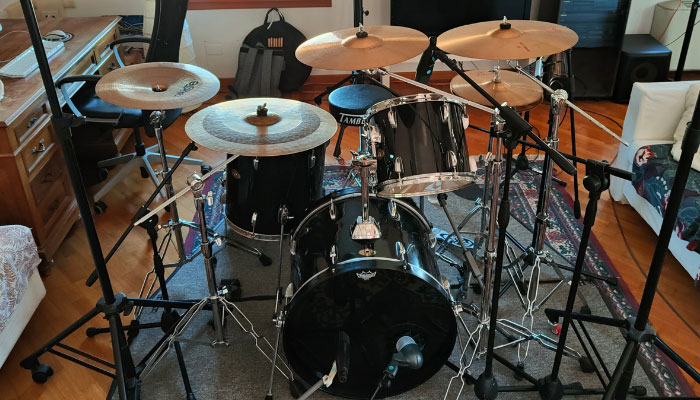Spatial audio is a cutting-edge technology that has reshaped the way we perceive and experience audio, transcending the limitations of traditional stereo audio. A rise in spatial audio has drawn the attention of many seeking the promised immersive experience.
Today, we’ll explore the fantastic world of spatial audio. What it is, how it works, the differences between regular audio and spatial audio, and the advantages of using spatial audio in music.
Let’s dive in!
What is Spatial Audio?
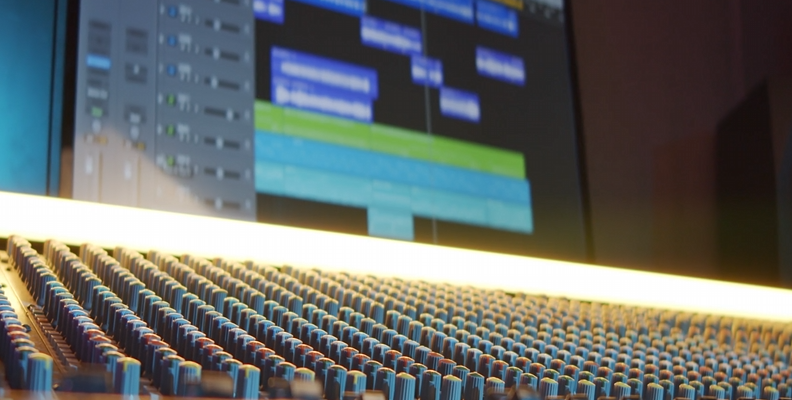
Spatial audio is a technology that makes sound feel like it’s coming from all around you, not just from the left or right like regular stereo sound. It adds depth and realism to the sound, which works magnificently for things like movies, video games, music, or even phone calls. Some systems also have dynamic head tracking, which means the sound moves with your head movements, so it stays in the same place as you turn your head.
The terms 3D audio and immersive audio are often used interchangeably with spatial audio because the sound also comes from above and below you, as in a 3D soundscape.
There are different types of audio formats based on the dimensions of sound. The spatial audio format is known for its 360-degree spherical dimension, which results from research and development in the immersive sound field.
The first approaches to spatial audio began with binaural audio, recorded using tiny microphones inside the ear canal of a dummy head to replicate how humans perceive sounds from our ears. When you listen to binaural audio using headphones, it creates a realistic 3D effect.
Another format that laid the foundation was the ambisonic technology, which encodes a full spherical sound field into a few audio channels. This technology was developed in the 1970s and has gained popularity in recent years with the rise of Virtual Reality and 360 video footage.
All these developments lead to what we know today as spatial audio. Today, it is easier than ever to find devices that support spatial audio and enjoy this way of experiencing audiovisual content on your TV, headphones, earbuds, speakers, gaming consoles, and smartphones from the comfort of your home or even on the go.
Spatial audio content is available on several music streaming platforms such as Apple Music, Amazon Music Unlimited, TIDAL, and, more recently (finally) Spotify. For video, you can find spatial audio in streaming services like Netflix, Apple TV+, Amazon Prime Video, and Disney+. However, the spatial audio content may be exclusive to higher-tier subscriptions.
To determine if the content you want to experience and your audio equipment support spatial audio, look for a label or logo that states it is compatible with Dolby Atmos. Dolby Atmos is the most common format used in major film productions, music, and video streaming platforms.
We've covered what spatial audio is and how to identify if the content and devices are compatible with it. Now, let's focus on how spatial audio works.
How Does Spatial Audio Work?
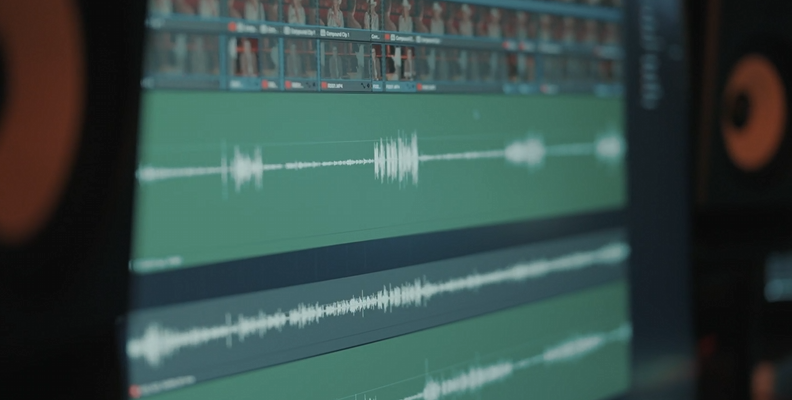
To understand spatial audio, we need to know how human hearing works when we hear sounds in real life. With our two ears, we listen to sounds, and our brain determines where those sounds come from and their direction. So, you can hear the sound "traveling" from one ear to the other.
To allow listeners to experience audio exactly as they would in a real-life scenario, spatial audio utilizes different technologies like Object-Based Mixing, Head-Related Transfer Functions (HRTF), and Head Tracking to give each sound a place in the 3D soundscape.
-
Object-Based Mixing
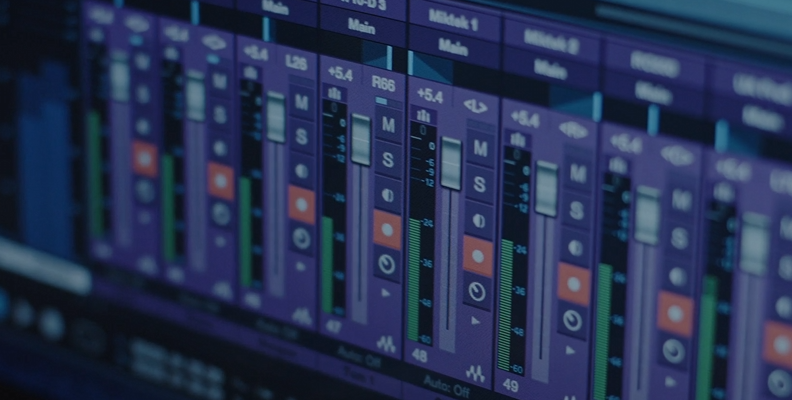
Spatial audio can be produced during the mixing process thanks to object-based audio technology. The audio engineer isolates sound elements such as vocal tracks, guitars, sound effects, drums, etc., and places them in a 3D space as objects.
In this space, you can assign position, movement, and size to these objects to change how they interact with each other, and over time, providing even more creative control over sound design and music. The sound system later decodes this data to deliver the spatial audio experience.
-
Head-Related Transfer Functions
Head-Related Transfer Functions, or HRTF, simulate how sound waves interact with a human's head and ears before reaching the eardrums, using complex algorithms. With headphones, this technology can trick your brain into feeling as if you are listening to the precise movement and distance of all sound sources in a multidimensional soundscape, even though you're just wearing a pair of headphones.
-
Head Tracking
Heat Tracking refers to a technology that lets you control the audio's movement with your head using built-in sensors inside headphones that support that technology. The listener wearing the headphones can move their head, and the audio adjusts accordingly, reacting to the movement as it would in real life.
Unlike HRTF and object-based audio, where the audio moves around you but remains static, Head Tracking offers more immersion by adapting the sound to your movement for a more personalized experience. However, this is a less common way to experience spatial audio as it requires special audio devices that support Head-tracking tech like the 3rd Gen AirPods, AirPods Pro, and AirPods Max.
-
Recording and Mixing for Spatial Audio
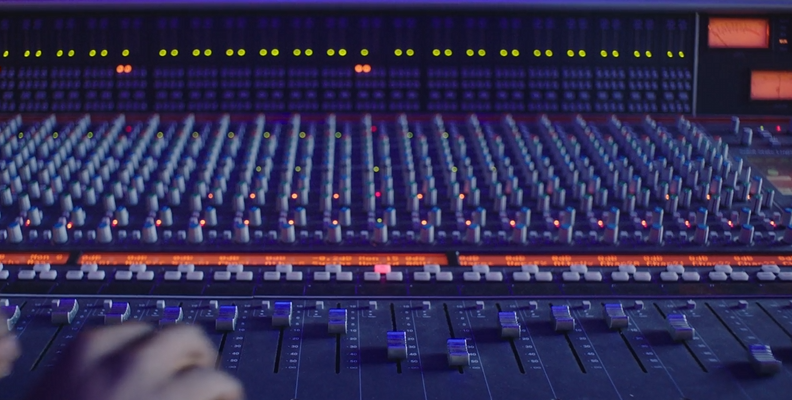
Just as some devices are compatible with spatial audio playback, you'll also require gear and software to record and mix spatial audio for your music and video content.
There are some microphones designed to record in a 360 space that you can consider for your studio. Also, you'll need a digital audio workstation (DAW) that supports spatial audio, such as Dolby Atmos, for object-based mixing. Options include Sequoia, Samplitude Suite, Logic Pro, Cubase Pro, or Studio One Pro. And finally, headphones compatible with spatial audio are needed to review the final product.
Difference Between Spatial Audio and Normal Audio
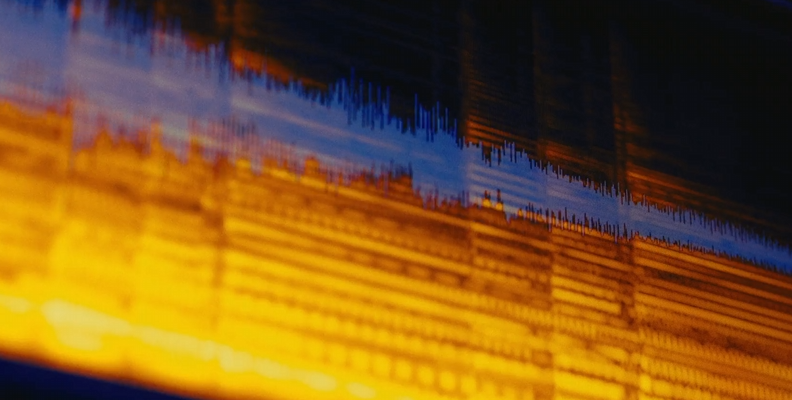
-
Sound Field
The main difference is the sound dimension. Stereo sound is two-dimensional, limited to left and right panning across the horizontal plane. Spatial sound is in a three-dimensional space, adding the height dimension. The sound is placed in the x, y, and z axes of a 3D space and can be heard from all angles: left, right, above, and below.
-
Mixing Technique
Stereo sound is mixed using a channel-based technique, fixed into left and right channels, with panning to position sounds within the soundscape. With object-based mixing, individual sounds can be treated as objects and moved around in 3D space to create spatial audio.
-
Feeling of Immersion
Spatial audio can create a more realistic experience of being in the moment, whether in a movie or music. It makes you feel like you are in the scene, in the studio with the musicians, or at a live performance.
Meanwhile, stereo is less immersive; it creates width, but the sound is divided between only two speakers. It can be enhanced with surround sound systems, but the sound remains in the horizontal plane without verticality.
-
Head Tracking Option
With specialized headphones that support Head-Tracking technology, spatial audio can get to the next level of immersion by controlling the audio movement with your head. Unfortunately, with stereo sound, it is impossible to use this technology. The sounds will only split between the two earcups.
Pros of Using Spatial Audio in Music
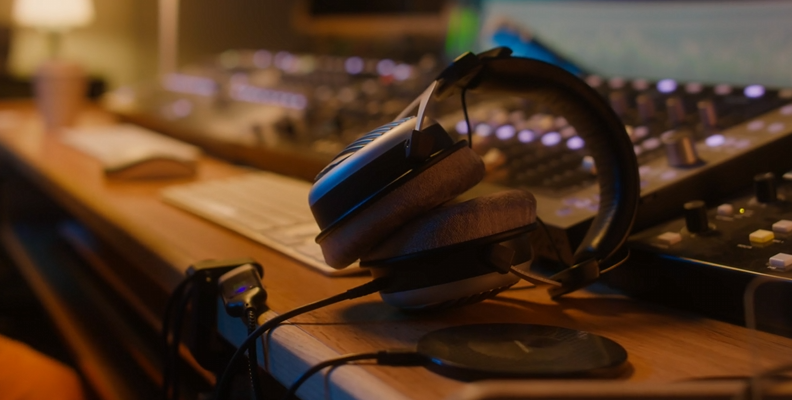
The advantages of using spatial audio in music focus on creating a more immersive, detailed, and engaging listening experience for listeners compared to traditional stereo sound. Here, I've listed the main benefits of spatial audio for music.
-
Unprecedented Immersion
Spatial audio allows you to feel like you are in the same room with your favorite artists and bands. This is especially true with live albums; they can transport you to the moment when they were recorded or relive the experience. It creates a more interactive and delightful ambiance.
-
Enhance Sound Clarity
Spatial audio provides more space to position instruments in the mix, allowing each one to stand out and enabling the listener to notice subtle details, reverbs, and background effects more clearly than in a stereo mix.
-
More Creative Ideas
Producers can experiment with different ways to position each sound element to create a unique atmosphere for a song. Placing synths and effects above or below can make you feel like you are inside the music or that the music is flowing around you.
-
Standing Out
Producing and releasing music in spatial audio can help you stand out among the thousands of tracks that are released daily on streaming services, many of which are only in stereo. It will also offer a better audio experience for your fans.
-
Personalized and Portable
With headphones and earbuds equipped with head-tracking technology, the experience feels more personal for each listener. It also expands the ability to listen to spatial audio on your mobile phone when you're outside, no longer limited to your home, for immersive sound.
Final Words
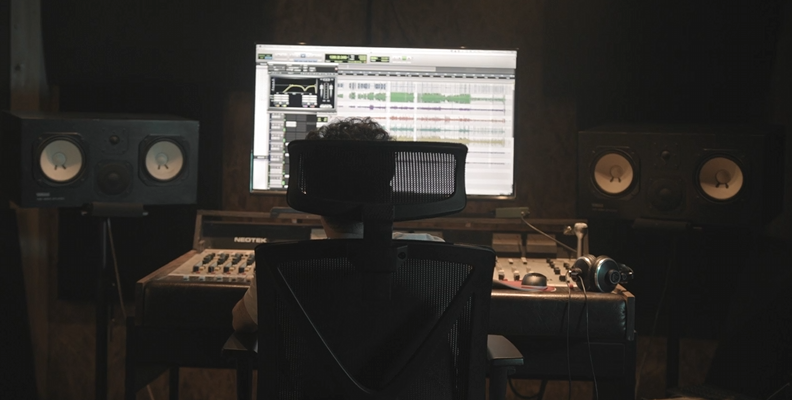
Whether you're watching a movie, playing a video game, or listening to your favorite music, spatial audio sound has changed the way we experience and enjoy audio. Creating a more personal immersion that continually evolves.
If you are looking to take the leap and start producing your music and audio with spatial audio technology, now is the time to do it. More tools for post-production, featuring native Dolby Atmos support and ADM integration, are available in the market.
Good luck!
FAQ
Is Spatial Audio Noise-cancelling?
Spatial audio and noise-cancelling are two different methods to improve the listening experience. However, they serve different purposes. Spatial audio uses technology to mimic how we hear sounds coming from all directions in real life, while noise-canceling blocks external noises to isolate you in your experience.
Is Spatial Audio Better Than Dolby?
Dolby Atmos is a “type” of spatial audio format. It’s the most common and the industry-standard format used by major film and music production companies. Spatial audio refers to the wide field that produces 3D sound, and the technologies involved. In the future, we may see other spatial audio formats.










